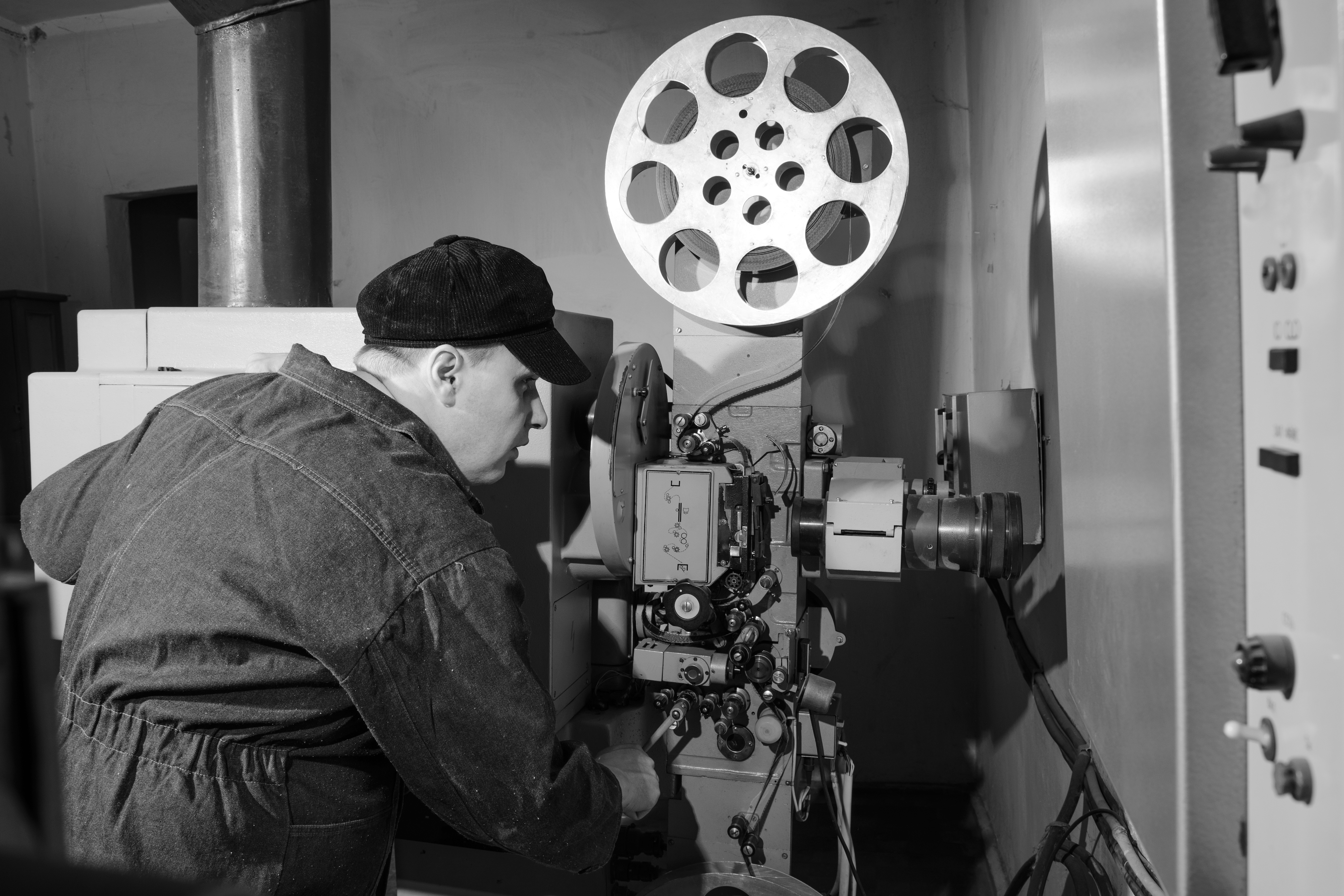It’s impossible for us today to understand what the 19th century was like before cinema. We can reach back and try to get some sense, but it’s more a sense of what’s missing, because cinema has played such a large part in our lives – whatever age we are – right through the 20th and the 21st century. If you look back at the very beginnings of film, you can see what it brought that was new. The very first comments, interestingly, were that immortality had arrived. People were struck, literally the day that cinema made its public appearance in Paris, in 1895. The newspapers said: ‘From today, people don’t die. We can continue to see them, even after their death.’ So, that promise of immortality was already planted in people’s minds.
I think the other thing was film’s ability to transport people to places other than where they were sitting. Of course, you could do that all through the 19th and even the 18th century, through magic lantern shows, through the stereoscope, through all the devices that preceded cinema; but, with film somehow, sitting in a chair in front of a screen, you were transported in a different way.


